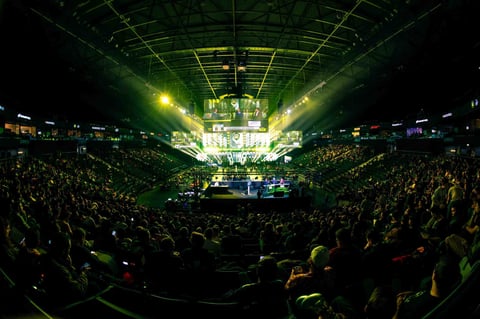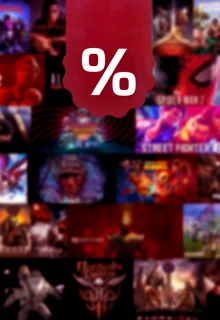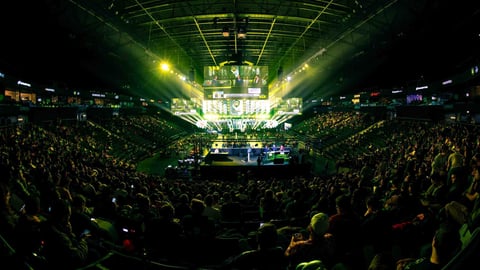
Several recent studies on esports in Germany and Europe paint a picture of a growing industry that has partly benefited from Corona and is becoming increasingly interesting and important, especially for the media industry and advertisers.
Video games have now reached all parts of society, be it Minecraft, Fortnite or Candy Crush Saga. Almost everyone has had contact with video games in one way or another - or even spent one or two nights playing games. So, you can see: It's no longer just the "nerds" and "basement dwellers" who play. With titles such as Starcraft, CS:GO or Dota, a competition-oriented esports scene has also developed in parallel. The size has grown in recent years and is now becoming increasingly interesting even for well-known sports clubs and above all else the media industry.
Today we will look at the Let's play! 2020, eSports Insights 2020 and Esports: Trends & Potentials to learn of the developments of esports in Europe and Germany, which will provide an exciting look into the further development of the scene.
Esports's Success During the COVID-19 Pandemic
A quick answer, yes and no. According to the Let's play! study by Deloitte found out that the industry has come through the crisis exceptionally well so far, but still cannot be called a winner.The study found that the entire Esports industry has grown significantly. In 2019, it reached 443 million people worldwide (12% more than in 2018) and 77% of all companies in the industry stated that they had significantly increased their sales compared to the previous year.
In 2020, user numbers continued to grow significantly due to the lockdown and the loss of live events, as people were forced to stay at home and many sports, such as Formula 1, etc., were being played online at once. The relatively young and very adaptable industry was also able to switch quickly to online formats, allowing most tournaments to continue playing normally for the most part. However, some teams had more problems than others due to travel restrictions, and especially the organizers of the big events were often hit hard. In addition, rising viewer numbers do not automatically mean rising revenues, as users' willingness to pay has also fallen as a result of part-time work or even unemployment caused by the pandemic. Although experts are quite positive about the development of esports in 2020, they still expect a slight decline in sales compared to 2019.
Where Are the Esports Fans and What do they Watch?
The most important regions for esports are Asia and North America, closely followed by Europe. Here Spain and Italy have the largest number of Esports fans. More than half of all Spaniards (55%) or Italians (53%) have already watched Esports events, in Germany (38%). The most popular games among Esports fans are MOBAs, such as League of Legends and Dota 2, which are followed by 38% of viewers. Closely followed by shooters, such as CS:GO, with 37% and racing and sports games with 36%. Battle Royale titles, such as Fortnite, are followed by 33% of users and strategy games, such as Starcraft, by as much as 25%.
Where Do Fans Watch it?
Most of us would probably answer this question immediately saying, "Twitch." But this is only partly true. 85% of all respondents said they watched on YouTube Gaming Esports, while only 36% said they use Twitch. However, it becomes exciting when you look at the intensity of use or even the time spent on the platform. Here Twitch is the undisputed leader. Of the total of 15.6 billion hours watched in 2019 Esports, Twitch alone accounted for 70%.The assumption is that YouTube is popular for taking a quick look at Esports. With recommended videos or replays, you can quickly get to an Esports video. If you go to Twitch, you usually know exactly what you want to see and look for Esports live broadcasts. Twitch remains the platform on which the true esports fans enjoy using.
The Potential for Media and Sports Clubs
The eSports Insights study found that for more and more people, esports are also considered as a substitute for "real" sports. Many people enjoy watching the League of Legends Worlds as much as they enjoy watching the Bundesliga or other sporting events. This makes Esports more and more interesting especially for advertisers, sponsors, and also the sports clubs. In the meantime, on average, three out of ten professional soccer clubs have an Esports department. The best known are Schalke 04 with their League of Legends Team, also RB Leipzig and Paris Saint Germain have their own esports teams. Big tournaments are followed online by millions of fans and as soon as we have left Corona behind (fingers crossed), the stadiums will fill up again. This makes the industry more and more interesting for sponsors and advertising partners. So far the main sponsors are usually technology and hardware providers or beverage brands and the prices for sponsorship packages are still significantly lower than in real sports. This could soon change, as esports and gaming fans, in general, are an incredibly large, well-connected, target group that responds extremely positively to products advertised in esports. Fans often spread the word through their social media channels and are the perfect target group for any advertiser.All in all, the studies paint a picture of a constantly growing industry that is becoming more and more mainstream. It is now attracting the attention of more conservative media outlets and sports clubs. Thanks to their adaptability and willingness to experiment, the esports scene can quickly adapt to unforeseen circumstances and even replace "real" sporting events, if necessary.For more news about gaming and esports, such as all the info on PS5 and Xbox Series X, check out EarlyGame regularly.






























